Web3 Tools That Actually Make Sense: Pros & Cons for Everyday Users
Web3 Tools: The Good, The Bad, and the Usable
Let’s be real—Web3 tools can sound like something only a blockchain dev could love. But that’s changing. Slowly, awkwardly, but surely. These tools are sneaking into daily life with better design, less jargon, and a whole lot more use cases.
Still, they’re not perfect—and they don’t need to be hyped up like magic internet potions either. So let’s break it down: here are the pros and cons of Web3 tools today, for normal people who just want stuff that works.
Crypto Wallets: Your Web3 Passport
Popular tools: MetaMask, Rabby, Frame, Argent
Pros:
- Your all-access key to Web3: dApps, NFTs, DeFi, voting, and more
- Simple UI is now more common (especially with Rabby and Frame)
- “Smart wallets” like Argent reduce seed phrase stress
Cons:
- Seed phrases are still intimidating for many
- Transaction fees (gas) can be confusing
- Not all wallets support every network smoothly
Verdict: Clunky at first, but improving. Choose a wallet with good UX and don’t rush it.
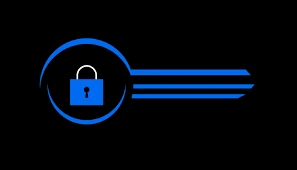
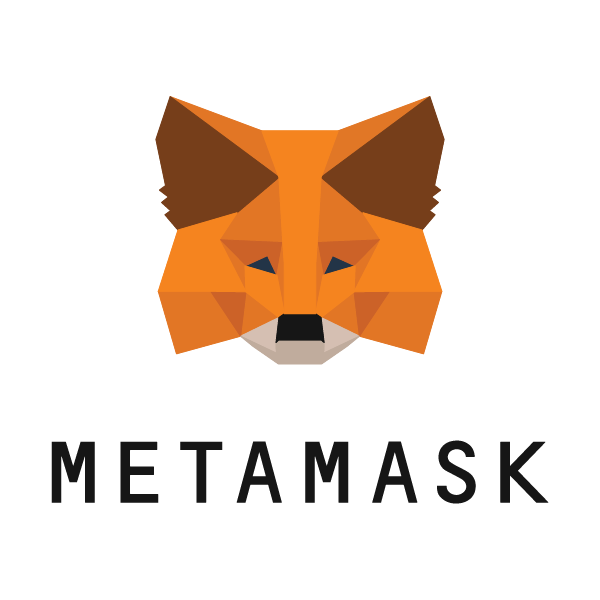
Web3 Tools : Browsers & Extensions
Popular tools: Brave Browser, Phantom, Lens Extension
Pros:
- Brave pays you in tokens (BAT) for opting into ads—if that’s your thing
- Built-in wallet support and privacy features
- Extensions like Phantom feel seamless once set up
Cons:
- Feature overload can be overwhelming
- Token incentives are small (not life-changing income)
- Not every dApp plays nice with every browser or extension
Verdict: If you’re gonna browse anyway, you might as well get some perks—and privacy.
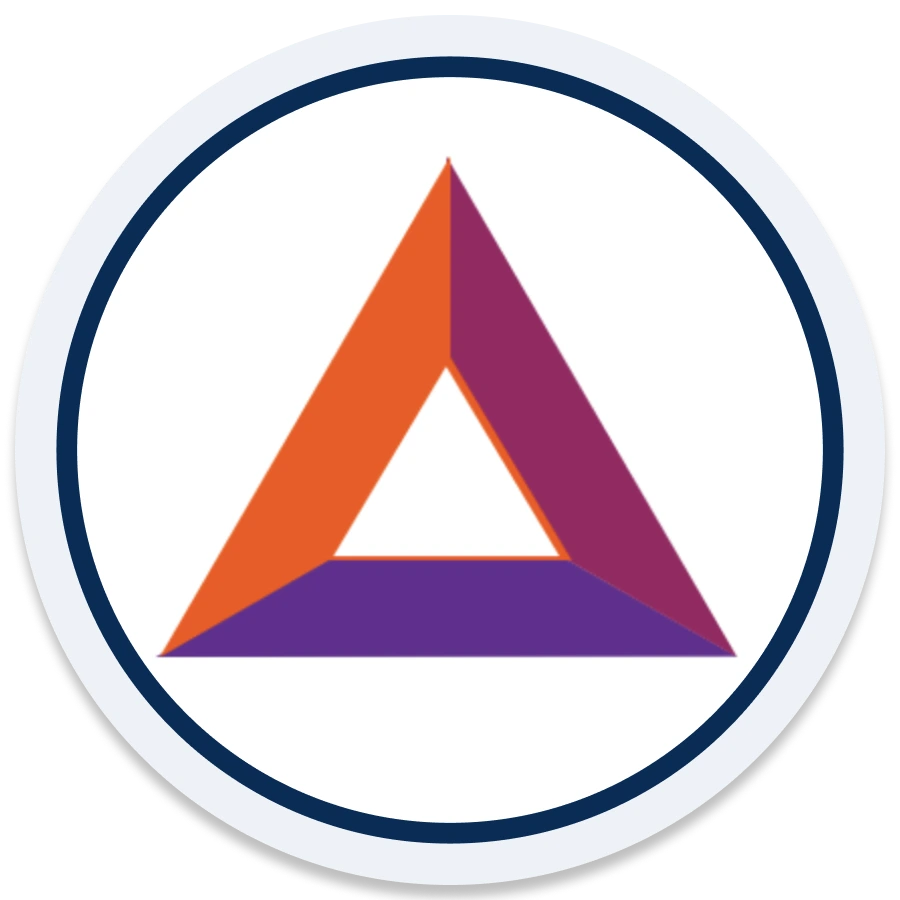
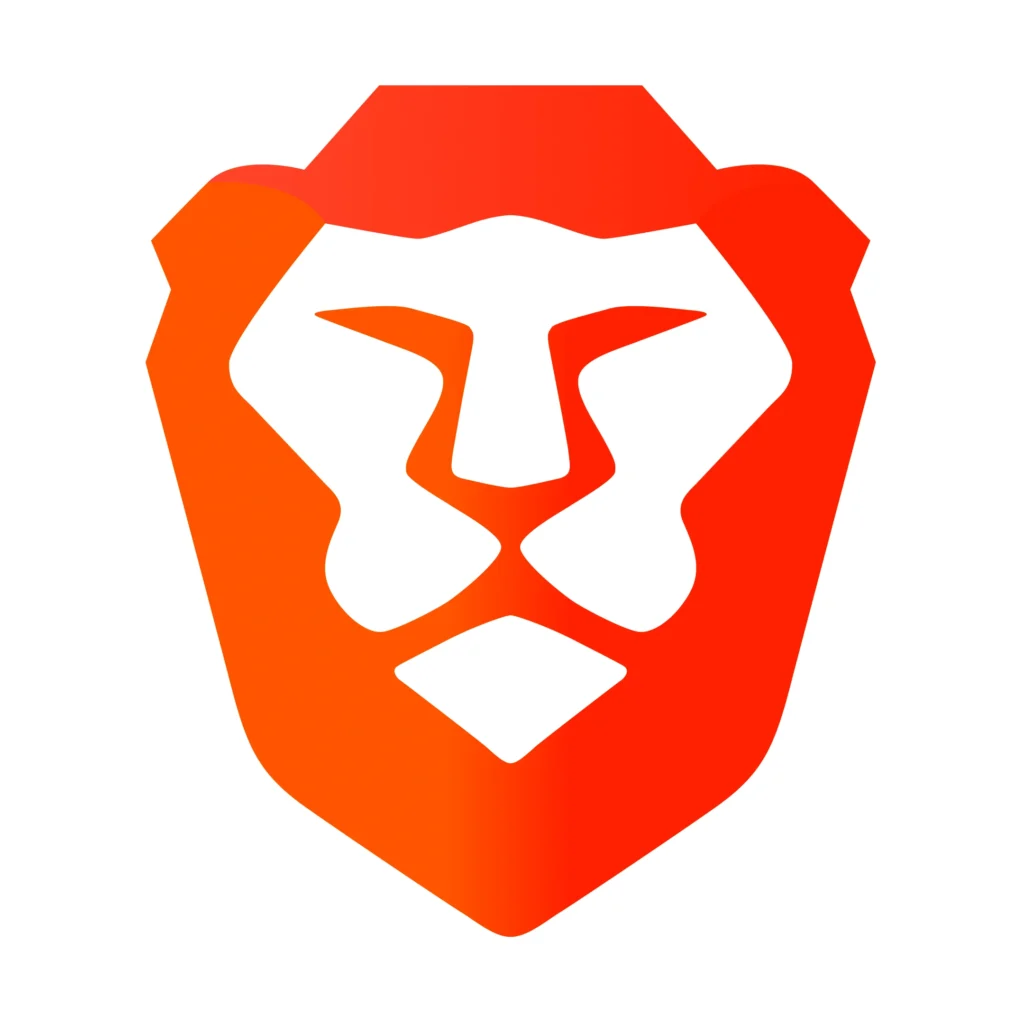
Decentralized Social Media: Still Finding Its Feet
Popular platforms: Farcaster, Lens Protocol, Bluesky (sorta counts)
Pros:
- You own your content, followers, and identity—no platform lock-in
- No surprise bans or algorithm roulette
- Feels fresh and experimental in a good way
Cons:
- Smaller user base = fewer friends to interact with
- Many are invite-only or beta-stage
- UI/UX can feel underbaked compared to mainstream apps
Verdict: Great if you’re over Twitter’s chaos and want control—but not ready for prime time just yet.
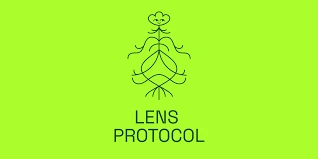
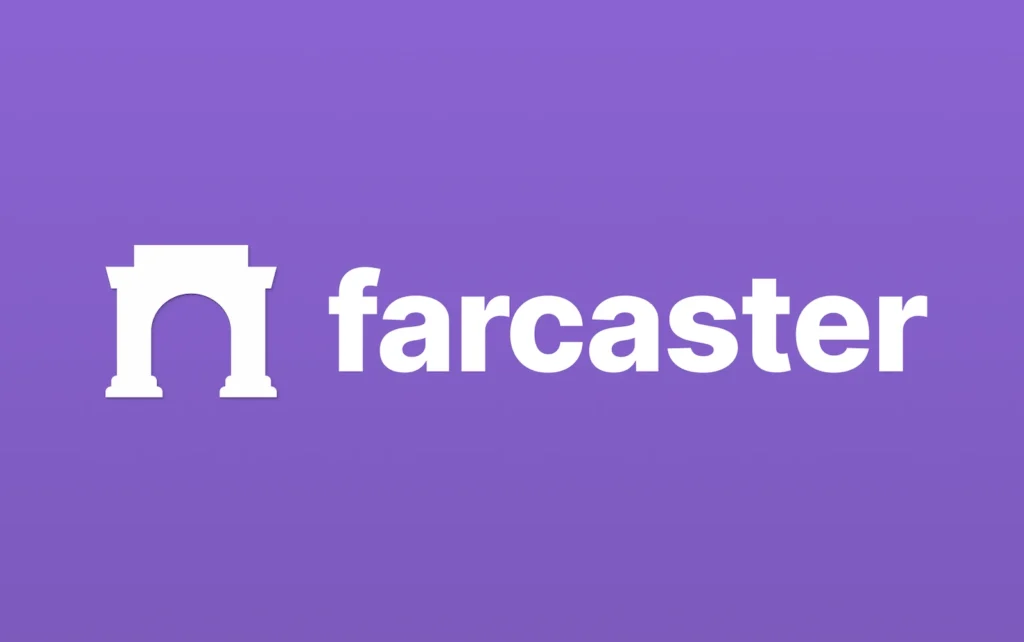
NFT & Creator Tools: More Than Monkey Pics Now
Popular platforms: Zora, Manifold, Highlight
Pros:
- Super simple minting tools (no coding required)
- Great for creators, communities, and memberships—not just art
- Growing support for free or gasless minting
Cons:
- Market saturation—hard to stand out
- People still associate NFTs with scams or overpriced JPEGs
- Some platforms lack long-term support or stability
Verdict: Worth exploring if you’re a creator or collector—but keep expectations realistic.
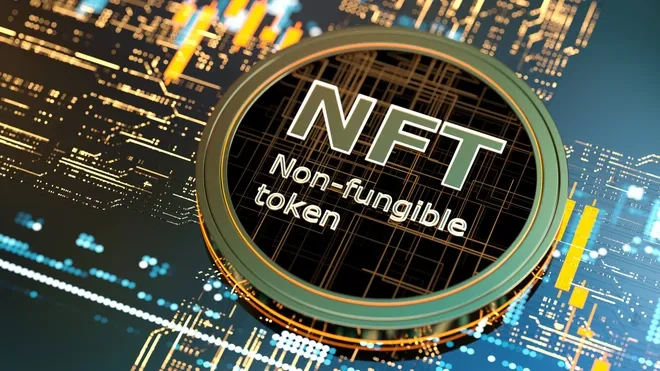
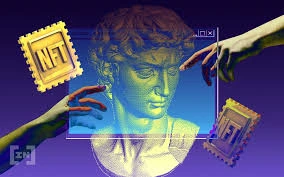
General Web3 Experience: Still Evolving
Pros:
- Real ownership of assets and identity
- Permissionless access—no corporate gatekeepers
- Constant updates and improving user experience
Cons:
- Still buggy in places
- Learning curve exists, especially with gas fees and wallet security
- Skepticism is still high (sometimes for good reason)
Verdict: Web3 is making strides, but it’s not plug-and-play yet. That said, it’s never been easier to dip a toe in.
Final Thoughts: Web3 Tools Are Flawed—But Promising
Are these Web3 tools perfect? Nope. Some are a little janky, others are overly ambitious. But the shift is real. You don’t need to “go crypto” to benefit. You just need to try one or two tools that make sense for your life—whether that’s a better browser, a wallet with solid UX, or a social app that lets you stay in charge.
So next time you hear “Web3” and feel your brain want to run—maybe don’t. Maybe just explore.
Because the real win? Owning your own little patch of internet turf. And that’s something worth figuring out.
Relevant Link : Here




